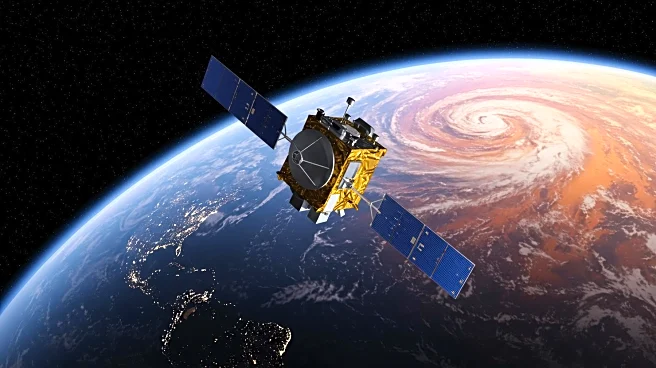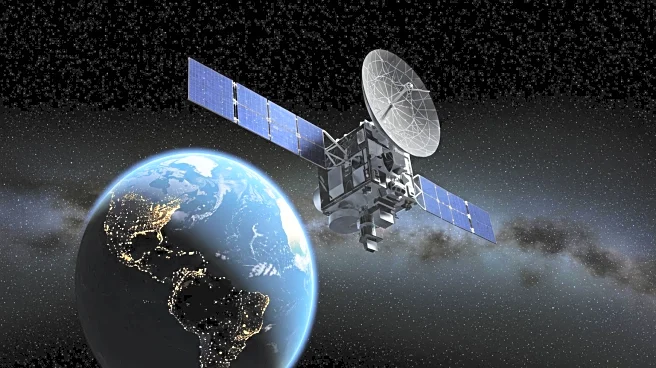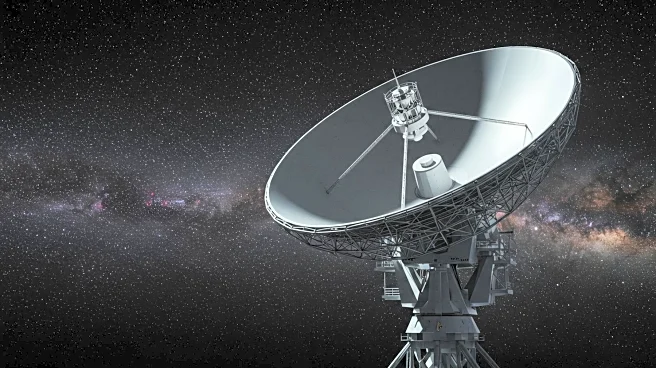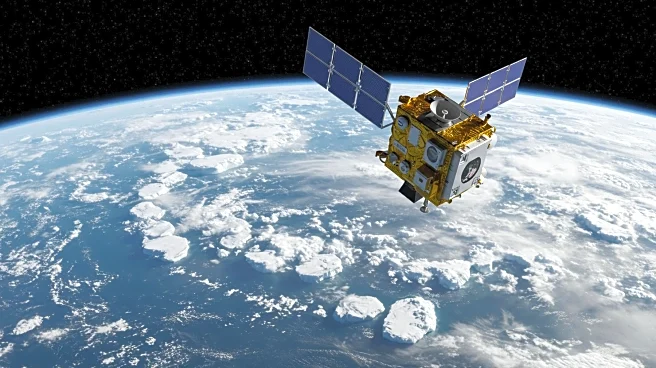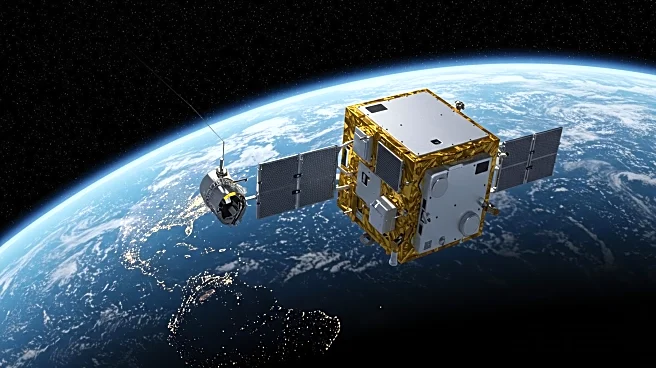What's Happening?
NASA's PREFIRE mission, initially focused on Earth's polar regions, has been extended through September 2026 to study global heat emission. The mission utilizes two CubeSats to measure the capacity of water vapor, clouds, and other elements to trap heat and prevent it from radiating into space. Launched in spring 2024, PREFIRE has been analyzing heat emission from the Arctic and Antarctic, contributing to understanding Earth's temperature dynamics. The mission's advanced spectrometers, designed by NASA's Jet Propulsion Laboratory, measure far-infrared wavelengths, providing insights into processes like ice melt and cloud cover changes.
Why It's Important?
The extension of the PREFIRE mission is significant for improving weather forecasts and understanding climate dynamics. By expanding the focus from polar regions to the entire globe, the mission can enhance models predicting weather severity and storm frequency. The data collected will help refine predictions about moisture circulation, storm formation, and precipitation patterns, which are crucial for preparing for climate-related challenges. The insights gained from PREFIRE's measurements can inform policy decisions and strategies for mitigating climate impacts, benefiting both scientific research and practical applications in weather forecasting.


